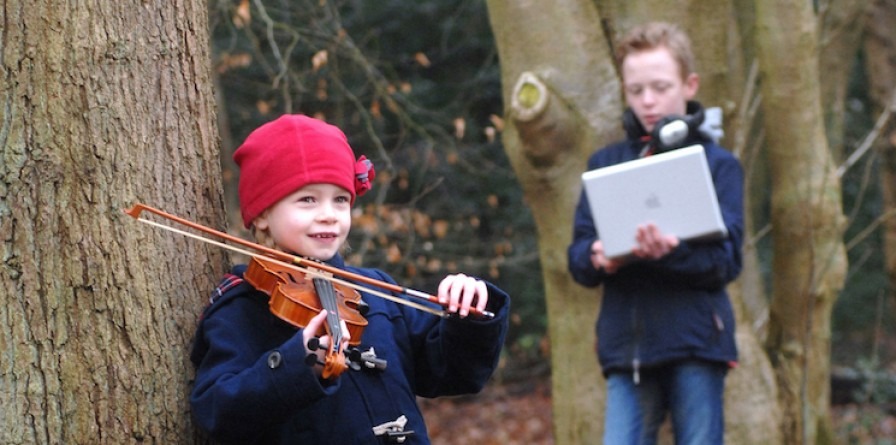Online Resources Update: what music projects are doing and using to stay connected & accessible

Keep calm and play on! Here we share some positive examples of what music projects are doing to stay connected, as well as resources and activities that can be accessed remotely when many are staying home. From guidance for teaching online, to learning to beatbox with Vocal Beats, to free synth apps to play around with, there's lots of useful information on our Wakelet board of resources. We have updated this article as of 21st April to include information that was discussed in the Online Networks on Transitioning to Online Working as well as our Virtual Performances and Ensembles.
Useful Apps & Music Software
- Seesaw - student driven digital portfolios and simple parent communication.
- ProtonMail - a secure encrypted email.
- Lightbox - photo enhancement/easily sharing of photos.
- GarageBand/Logic Pro X/Cubase (free if you're in music education)/Audacity/ThumbJam - audio editing/production software.
- MuseScore - music notation software.
- VST Connect lets you record into Cubase in real time.
- Discord is a gaming platform that young people are meeting on but some universities are continuing to deliver on. Twitch is similar to Discord.
- Acapella lets you record, synchronize and share songs, for multiple-part vocal harmonies.
- Listento (Plug-in by Audiomovers) - lets you stream audio live, good for online tutoring of music technology, mixing and music production.
- JamKazam - JamKazam has spent the last 6 years building the best platform in the world to help musicians play together live and in-sync over the Internet from different locations with high quality audio and video.
In conclusion having chatted to lots of people in music education, it's a challenging time full of adaptations, transitons, disappointments and successes. Some young people who may have previously struggled to attend music sessions physically are more confident in attending and are coping well, whereas others are harder to keep in touch with and get involved. In many ways more young people can be reached than ever, however the most vulnerable children are now least likely to be able to get involved due to many factors which is obviously a big concern for many. Interacting in person and playing together live cannot be replaced with online means but there are many ways to keep young people actively involved in the meantime and keeping them connected socially where possible is key.

